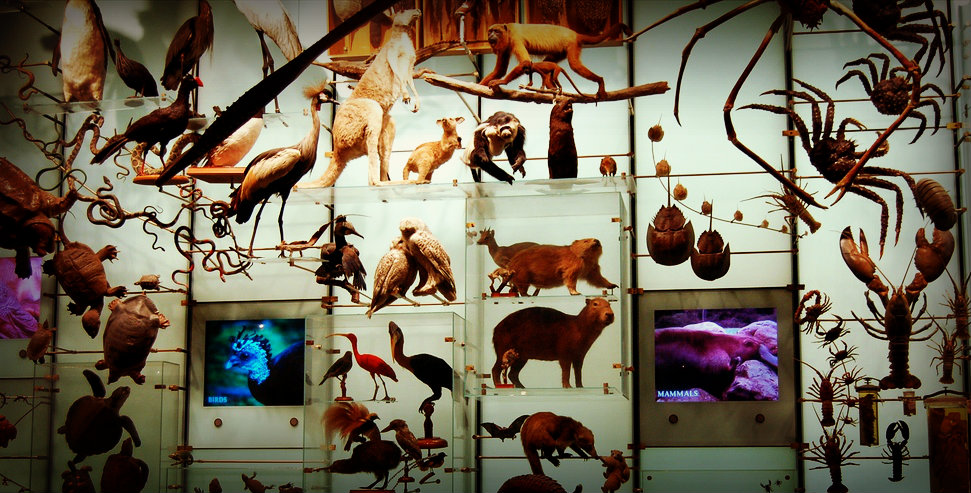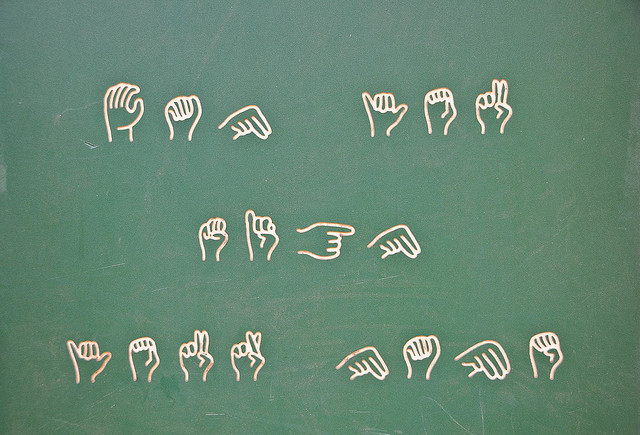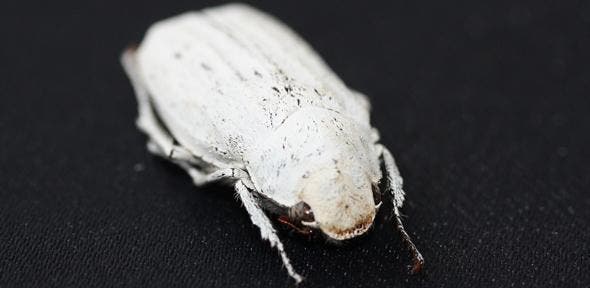Nature and Culture: Diversity rules
Relax. Breathe. Feel your pulse. Is it regular? Good. Because that, of course, is why you are alive. It shouldn’t be monotonous though. That could mean you might be in trouble soon. It’s a startling discovery scientists made back in the 1990s: A heart that beats with little variability can herald anything from cardiovascular disease to cognitive problems – even heart attacks. Variation, in other words, is key for life. Love or hate that metaphor – but this idea that variation and diversity are not merely coincidental but fundamental to live is what ties nature to us humans.
Cultural diversity is shaped by biodiversity. That’s what experts say, who have started to look at this connection in greater detail over the last years:
Nature and culture converge on many levels that span values, beliefs and norms to practices, livelihoods, knowledge and languages. As a result, there exists a mutual feedback between cultural systems and the environment, with a shift in one often leading to a change in the other. [For instance,] If plants or animals are lost then the words used to describe them are often lost from a language shortly after
Ok, that gives an impression of how cultural and biological diversity are connected. But why is that diversity important? An ecosystem that is more diverse is better able to adapt to or survive massive disturbances, i.e. anything from natural disasters to fungal infestations to “human disturbance”. Or conversely, if mono cultures get hit by disasters it can be catastrophic. A single type of bug has the potential to wipe out whole crops, for instance, if they consist of plants that happen to be susceptible to the intruder. The present crisis faced by the global banana industry is a good example. So, in short: If it’s more diverse it’s more robust.
But it is just that resilience and durability of local landscapes, forests, lakes, plant and animal life that provided the stable setting in which humans could develop their culture and cultures in all their facets. Social scientists say that, similarly, this cultural diversity makes societies more robust, too:
Cultural diversity, and the knowledge, innovations and outlooks it contains increases the capacity of human systems to adapt and cope with change.







